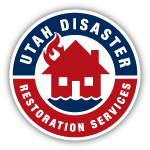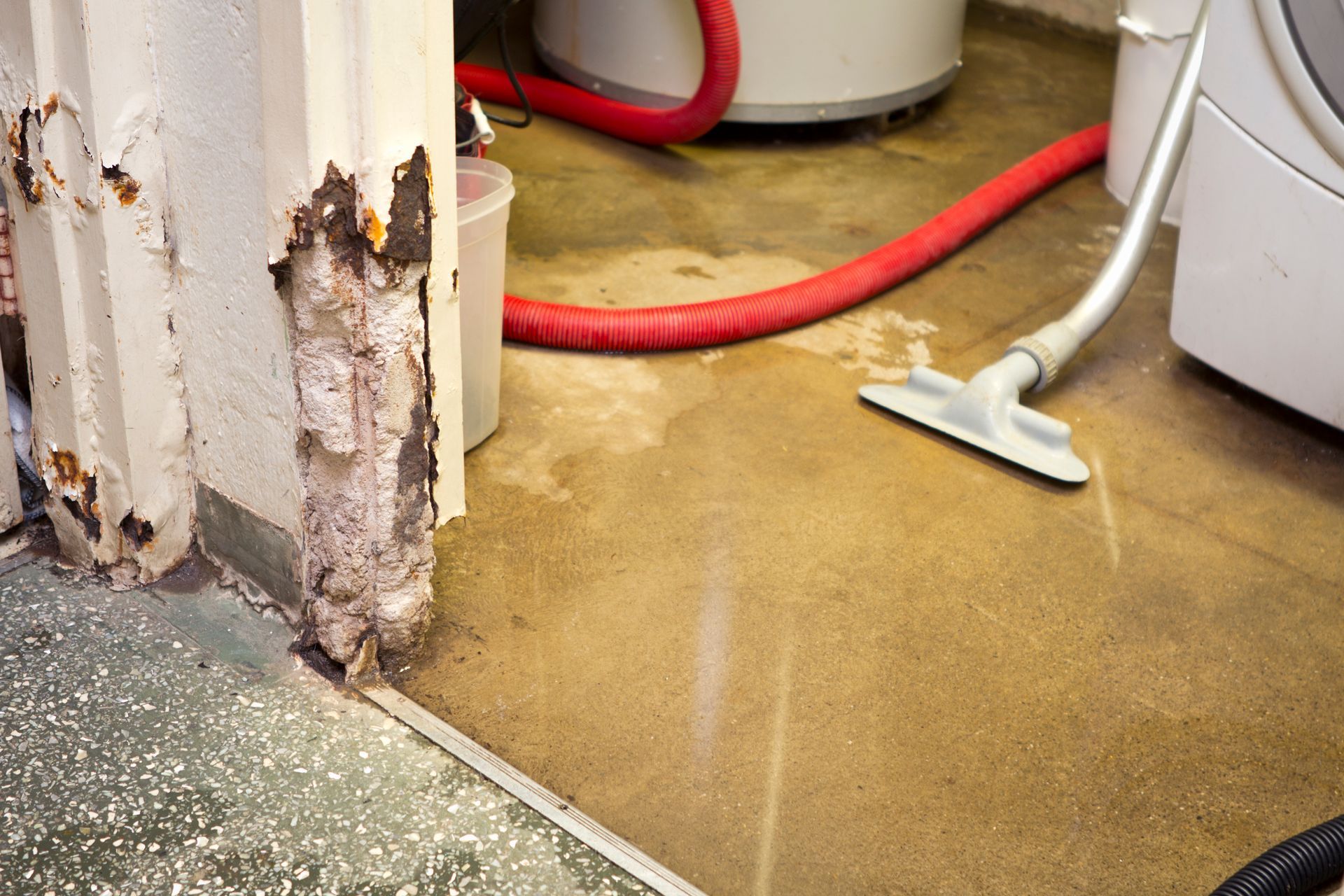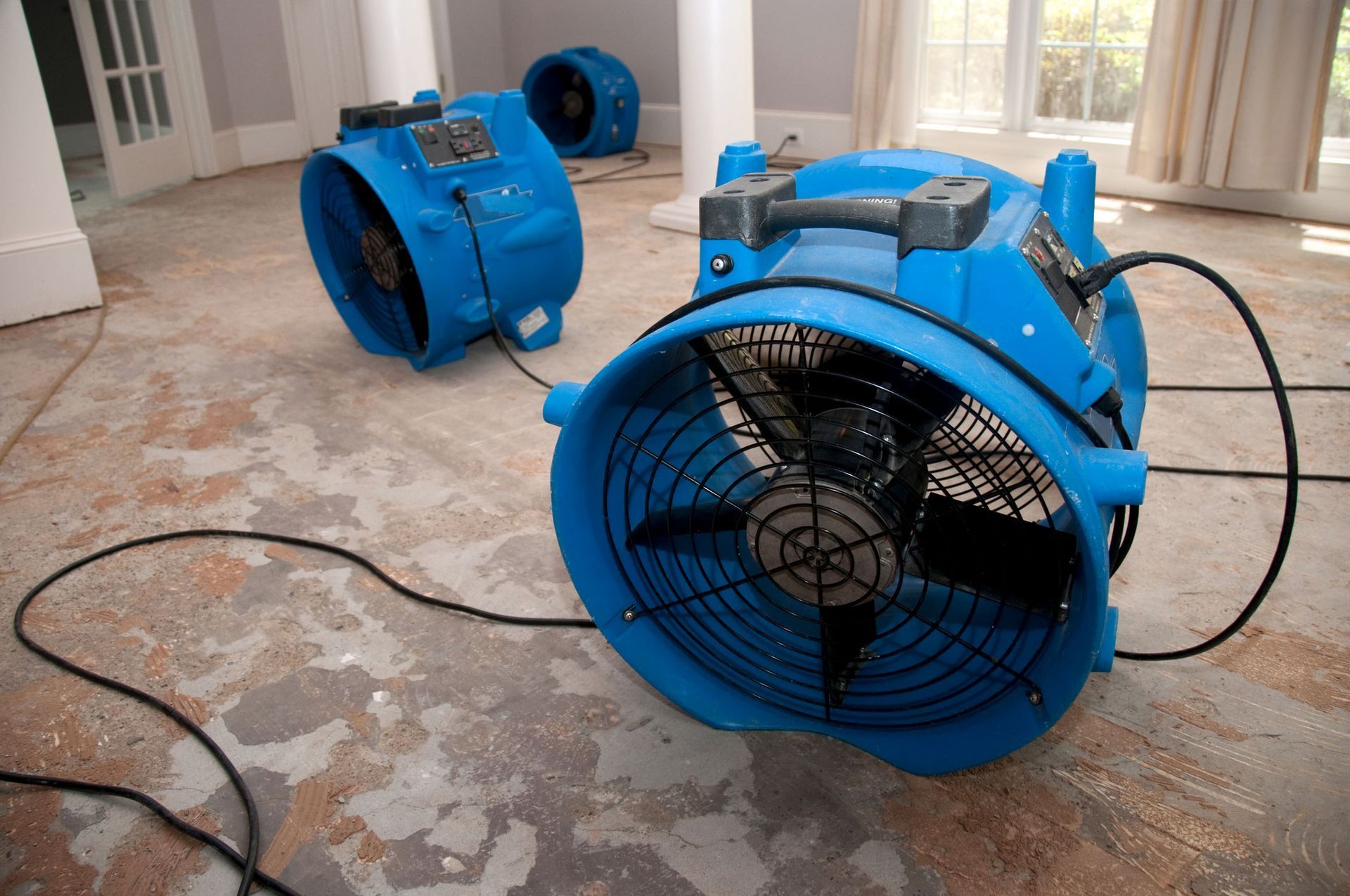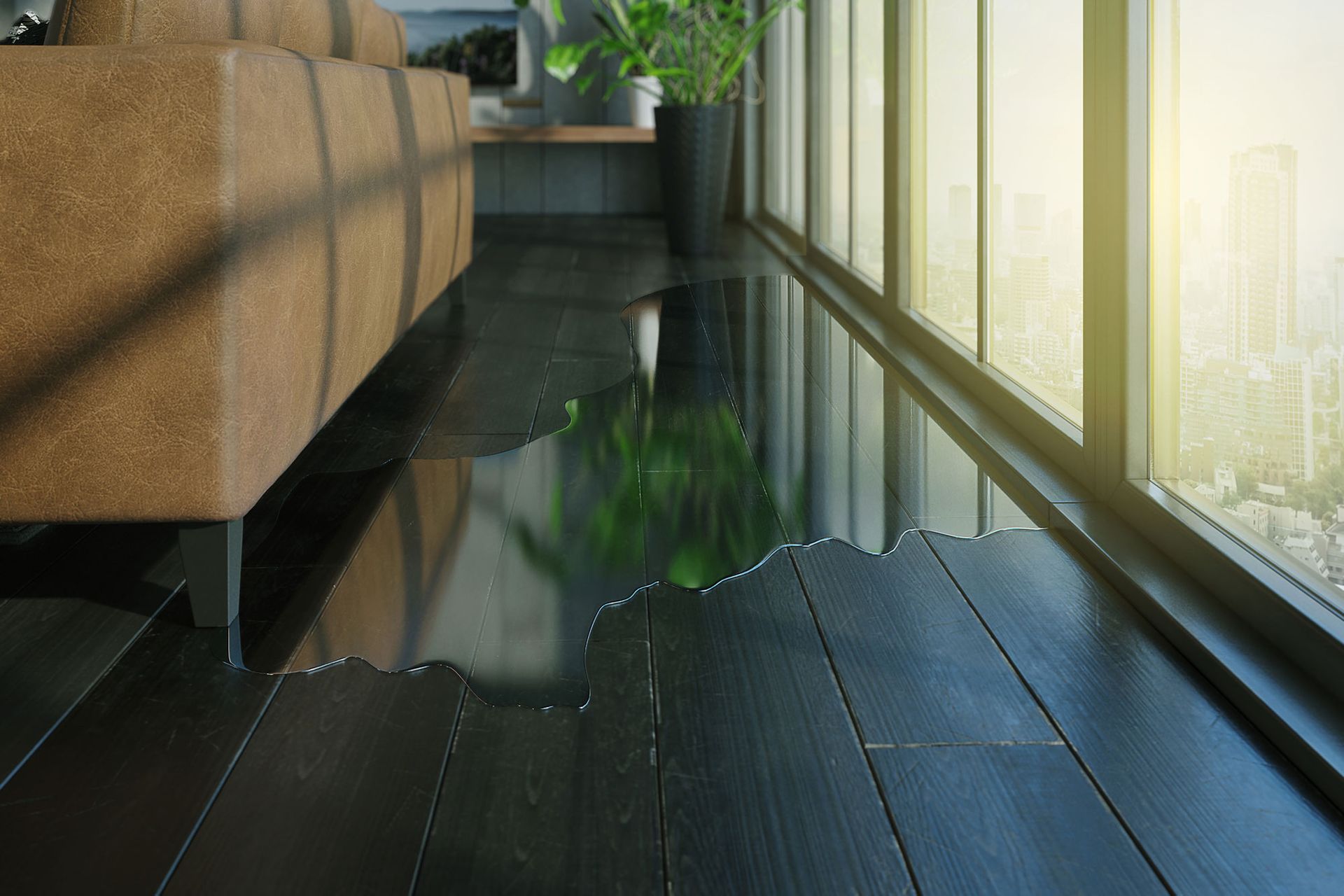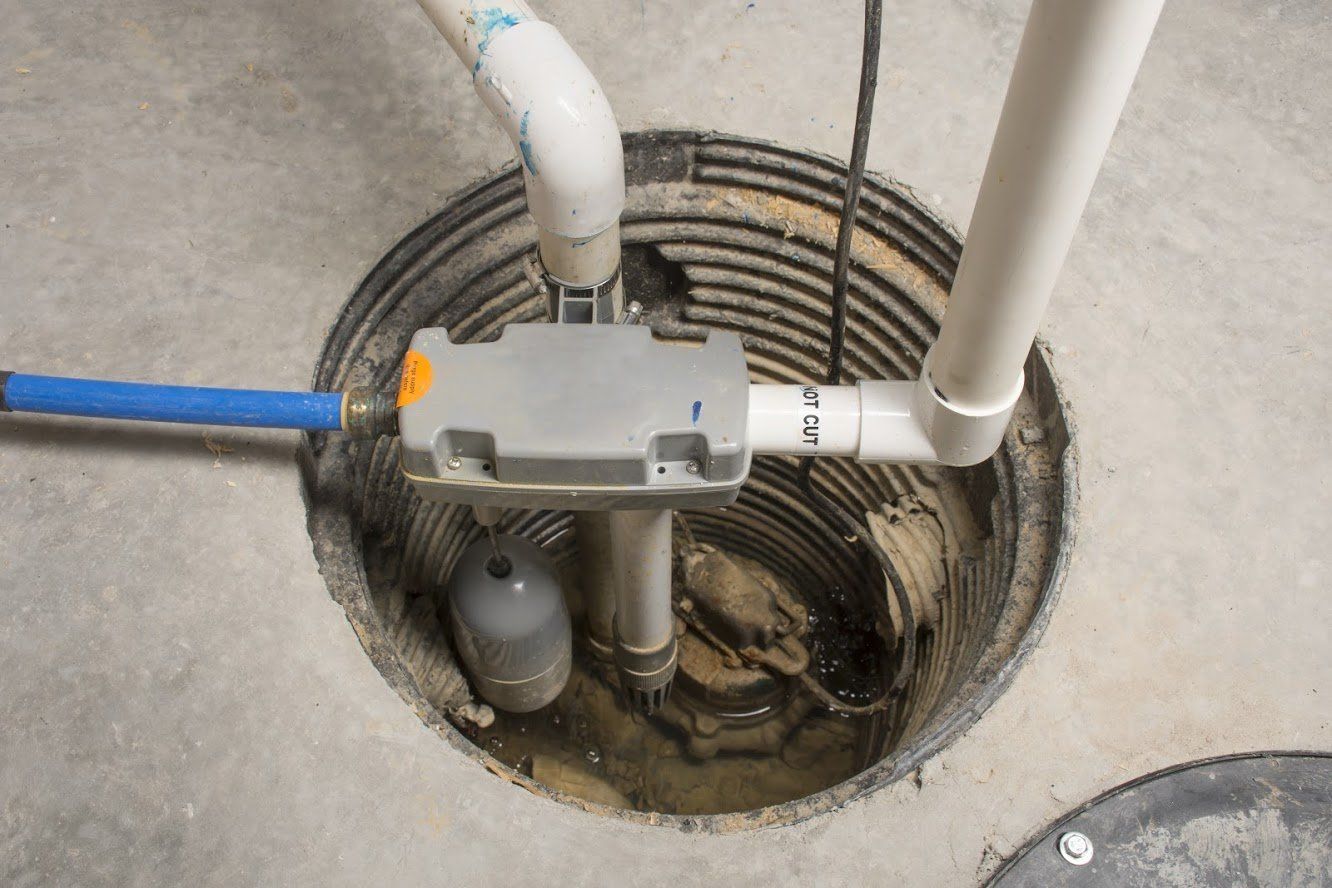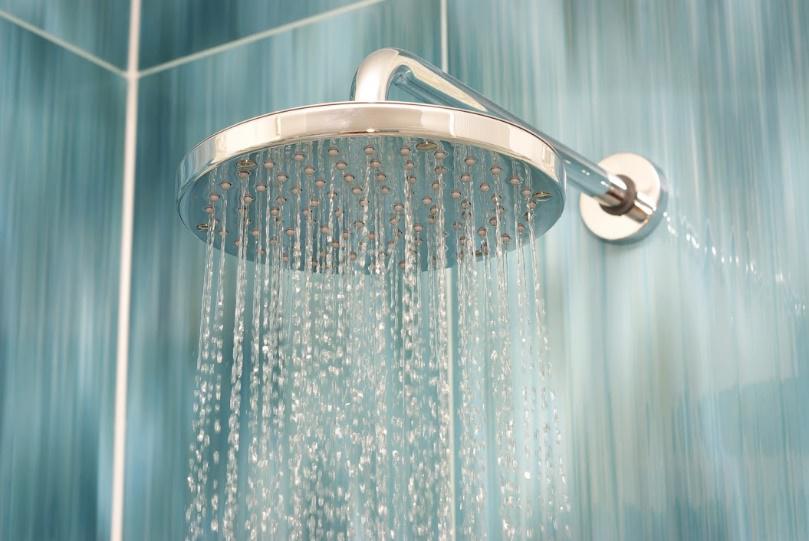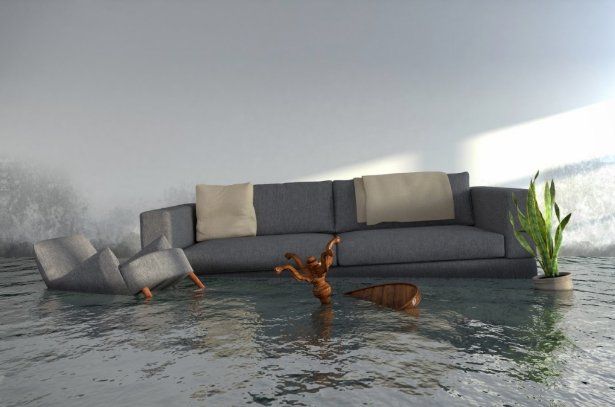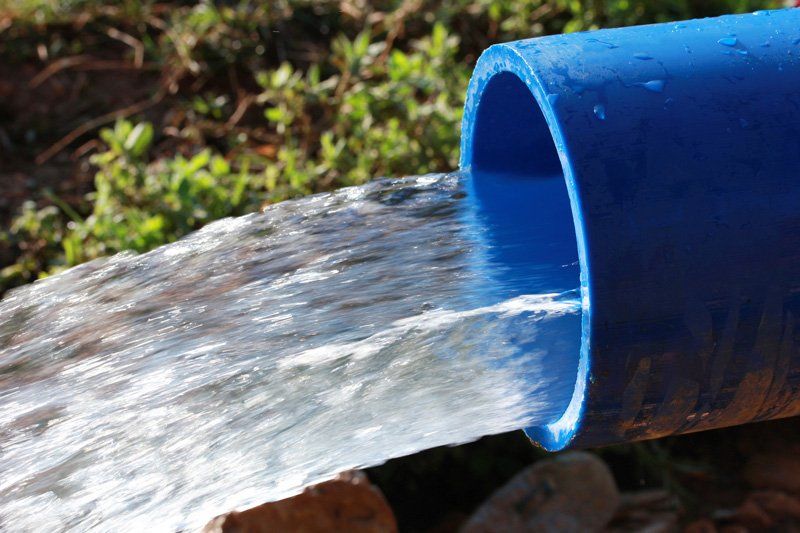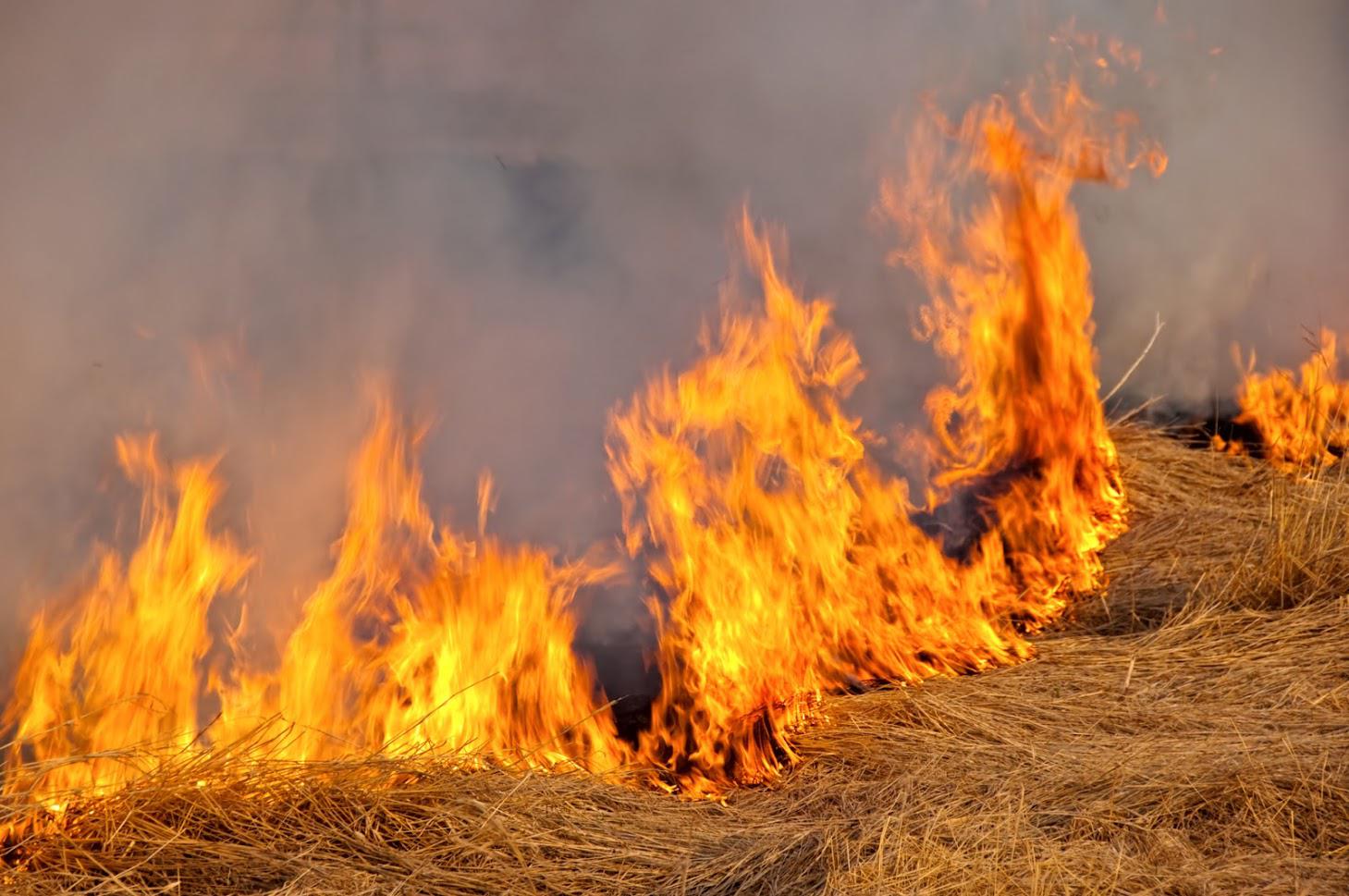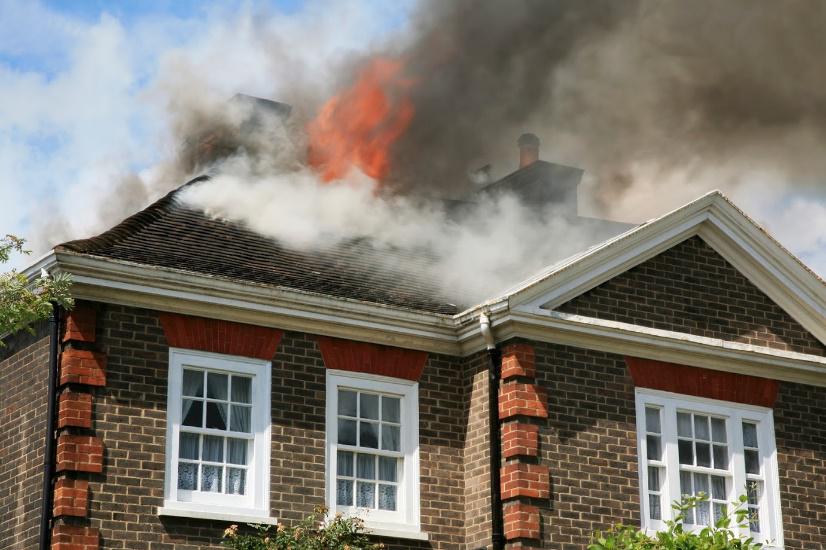Flood Damage Cleanup
Flood Damage Cleanup
Flood damage to a property is traumatic event. At Utah Disaster Restoration Services it is our objective to reduce that traumatic experience by quickly minimizing the problem from flood damage cleanup so we can restor the home back to its original condition as quickly as possible. We will work closely with the property owners and your assigned insurance adjustors to make sure everything goes as smoothly as it can through the mitigation and restoration process.
When a property owner finds his property has been damaged by flooding and cleanup is required, what steps should be taken to minimize the damage and to speed up the process to return the property to normal?
Determine What the Source of the Water Is.
The first step in any property flood damage cleanup is to determine what the source of the water is. There are two primary considerations for this. Is the water from a clean source or a contaminated source? This is a priority determination, because the balance of mitigating the flood damage and beginning the cleanup and the restoring the property to the original condition will be based upon this determination. If the water is a clean-water source, such as tap water, straight out of a water heater or any other source where the water is not contaminated it is much easier to dry and to clean than a property which has been flooded and damaged with contaminated water. If the water is contaminated, the spread of the contamination and the damage caused by this contamination must be contained. Any contaminated materials must be removed from the property and properly disposed. Drywall affected by clean water flood damage is treated differently than drywall which has been damaged by contaminated flood water. The same is true for carpet and carpet pads.
Whatever the source of the water, the flooding must be stopped in order to begin the drying, cleanup and restoration process. Obviously, drying cannot occur while water is still flowing into a property.
Determine How Far the Flooding Has Spread
Using state of the art moisture detection equipment, an understanding of structures and construction, application of good common sense and some elbow grease, the area which has been affected by the flood damage can be determined. All possible locations of flood damage need to be identified so that water can be removed and drying can begin.
Determine What Materials Have been Involved
There are different extraction, drying and other mitigation processes for different materials. Virtually all materials can be dried. However, the type of materials and how quickly they are affected and damaged by water influences the methods for drying.
Sometimes materials involved in flooding already contain hazardous materials such as lead in paint and asbestos in drywall, drywall mud and flooring materials. If there is a concern about this type of contamination in materials, proper testing must be performed prior to disturbing any materials so there is not secondary contamination to the property from improper removal of these materials.
Water may have become contaminated by the materials it has traveled through. If the water from a flood has traveled through mold, fertilizers, other chemicals or any other type of contaminate, then the water has become contaminated. The mitigation, cleanup and restoration process needs to take this into account.
Water Extraction
Removal of excess water from a flood not only speeds the drying process, but quick removal also decreases the amount of flood damage to materials. Simple steps can be taken from the outset, such as mopping or soaking up excess water from hard surfaces or furnishings, especially if the water source is from overhead. Specialized water extraction equipment is needed for materials which are very porous and may hold a large quantity of excess water.
Evaporation
Once the excess water is removed, technicians should concentrate on changing the water from a liquid to a vapor. By creating conditions which promote the evaporation process, the drying process can be accelerated. Normally, this is accomplished with specialized air moving equipment.
Dehumidification
Once water is evaporated from the structure and contents into the air, it must be removed from the air through dehumidification. Dehumidifiers help “squeeze” moisture from the air by gathering condensation into the equipment and pumping the water out of the structure through building drains.
Temperature Control
Both evaporation and dehumidification capabilities are greatly enhanced by controlling the temperature in a confined environment. Further, heating materials increases the “Vapor Pressure”, of absorbed moisture, thereby increasing evaporation potential. Thus, temperature modification, control and application become an important basics principle for restorative drying.
Progress of the drying of the structure and materials should be constantly monitored through moisture measuring equipment. Adjustments to equipment placement, quantity and type should be adjusted as the drying progresses.
